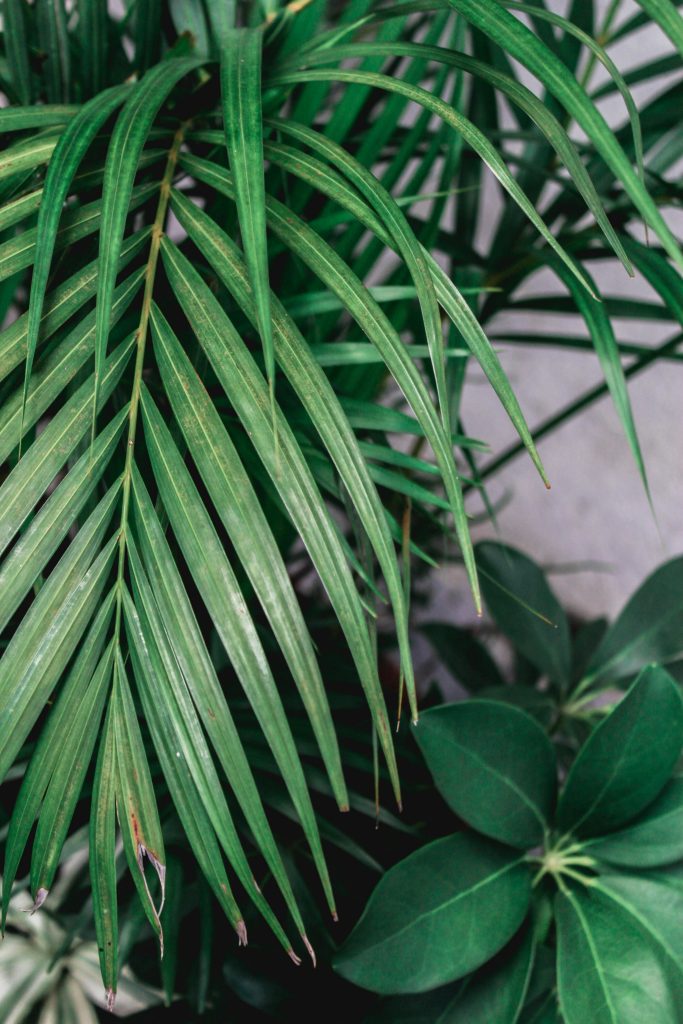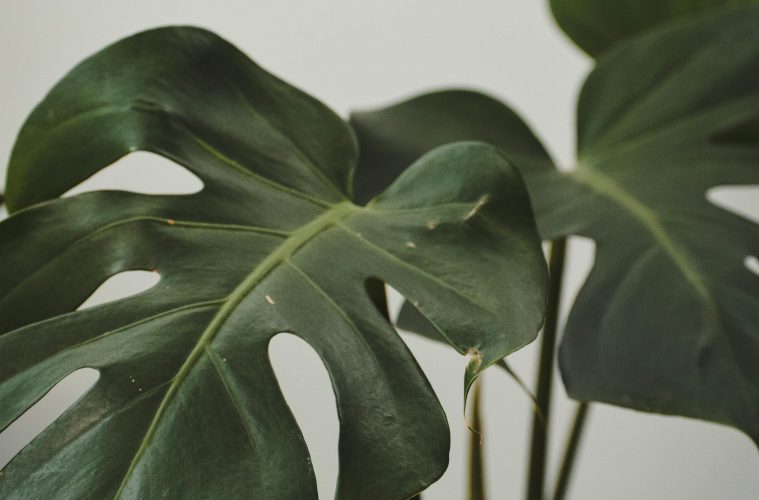Leaf spot disease can affect a wide range of plants, from ornamental roses to vegetable crops. The disease is caused by various fungal or bacterial pathogens that thrive in damp, warm conditions. Left untreated, leaf spot can weaken or even kill plants by destroying their foliage.
Identifying leaf spot disease
Leaf spots appear as small, discolored patches on the leaves of infected plants. These spots can be gray, brown, or black, and are areas of dead tissue caused by the pathogen.
In some cases, these spots may merge, leading to larger sections of the leaf dying off. Roses, in particular, are prone to developing black spots on both leaves and stems, which can be particularly detrimental to the plant’s health.

Unsplash
Symptoms to watch for
While the spots themselves are the most obvious sign, other symptoms may indicate the presence of leaf spot disease. Plants may exhibit overall weakness or stunted growth, as the disease often exploits other stressors such as poor soil conditions or inadequate watering.
It’s important to closely monitor your plants for any signs of distress, as early detection is key to preventing the spread of the disease.
Effective treatment and control
To manage leaf spot disease and prevent its spread, follow these steps:
Remove infected plant material: As soon as you notice leaf spots, remove and destroy any affected leaves or plant parts. Be sure to also clear away any fallen foliage, as it can harbor the pathogens that cause the disease. Proper disposal is crucial—do not compost infected material, as this can spread the disease.
Prune strategically: Pruning your plants, especially shrubs, can help improve air circulation and reduce the humidity that fungal spores need to thrive. For heavily infected plants, consider pruning back hard to remove as much diseased material as possible and encourage healthy new growth.
Apply fungicides: For ornamental plants like roses, applying fungicides can help control the spread of leaf spot disease. Look for products containing active ingredients such as triticonazole or myclobutanil, and apply them according to the manufacturer’s instructions. It’s important to continue treatment at regular intervals—typically every two weeks—throughout the growing season to maintain control.

Unsplash
Prevention tips
Preventing leaf spot disease involves creating an environment that is less conducive to fungal growth. Here are some tips:
Water wisely: Water your plants at the base rather than overhead to keep the foliage dry. Early morning watering is best, as it allows the foliage to dry out during the day.
Improve air circulation: Space your plants adequately to ensure good airflow, which helps to reduce humidity around the leaves.
Keep your garden clean: Regularly remove dead leaves, weeds, and other debris from your garden to minimise the places where fungal spores can overwinter.
ALSO SEE: WHY YOUR LAWN IS TURNING BROWN AND HOW TO FIX IT
Feature image: Pexels

